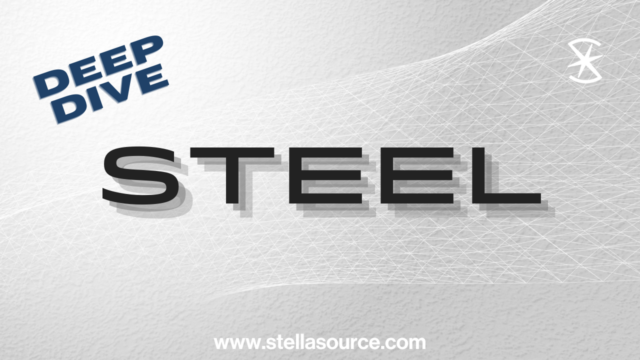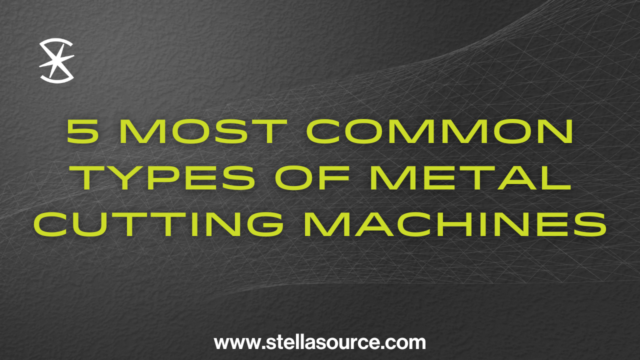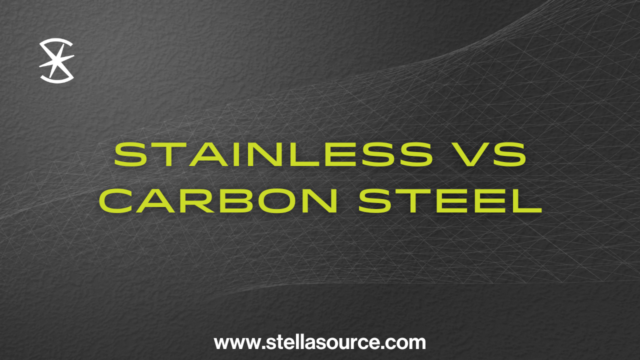In today’s advanced manufacturing and fabrication industries, various cutting methods have revolutionized the way we shape and manipulate metal materials. Two prominent contenders in this domain are plasma cutting and laser cutting. Both techniques offer precise and efficient ways to cut through a wide range of materials, but they operate on different principles. In this article, we will delve into the world of plasma cutting and laser cutting, exploring their fundamentals and applications, and ultimately comparing their advantages and disadvantages to help you understand which method suits your specific needs best.
What is Plasma Cutting?
Plasma cutting is a thermal cutting process that utilizes a focused jet of ionized gas, i.e., plasma, to melt and expel material, forming a clean cut through conductive materials such as steel, stainless steel, aluminum, copper, and others. The process starts by directing a high-velocity gas through a nozzle while an electrical arc is established between the nozzle and the workpiece. This arc ionizes the gas, transforming it into plasma. The plasma, with temperatures reaching up to 40,000°F, swiftly pierces through the metal, creating a precise cut as the molten material is blown away by the force of the gas.
Evolving from plasma welding in the 1960’s, plasma cutting grew to be a productive way to cut metal and plate in the 1980’s with the advent of CNC (computer numerical control) technology. Today, plasma cutting remains a prominent method for cutting conductive materials. Modern plasma cutting systems feature high-powered plasma torches, advanced CNC controls, and sophisticated software, enabling faster cutting speeds, improved accuracy, and enhanced cutting capabilities.
What is Laser Cutting?
Laser cutting employs a highly focused laser beam to melt, burn, or vaporize the material, achieving precise cuts. The laser beam is generated by exciting a medium, such as carbon dioxide (CO2) or a solid-state crystal, with electrical discharges or diodes. The intense concentration of light energy allows the laser to reach extremely high temperatures, leading to a localized material removal process. Laser cutting is highly versatile and can work with various materials, including metals, wood, plastics, fabrics, and more.
The word laser itself came into being with the advent of the first laser and is an acronym for “light amplification by stimulated emission of radiation. The first laser was created in 1960 by Theodore Maiman at Hughes Research Laboratories.
In 1965, the first laser cutting drill was created to drill holes in diamond dies. However, the breakthrough for laser cutting came in the late 1960s with the development of the carbon dioxide (CO2) laser. CO2 lasers emit infrared radiation which makes them highly suitable for cutting a wide range of materials. In the 1980s CNC technology just as with plasma cutting enhanced the precision and automation capabilities.
In the 2000’s, the fiber laser evolved. Fiber lasers utilize optical fibers to amplify and drive the laser beam, offering high power densities and improved energy efficiency compared to CO2 lasers. Fiber laser revolutionized the laser cutting industry by enabling faster cutting speeds and the ability to cut reflective metals more effectively.
Laser cutting technology continues to evolve and plays a crucial role in the fabrication and design of a wide array of products and components across numerous industries. . As advancements in laser sources continue laser cutting will continue to further improve cutting precision, speed, and capabilities.
Advantages and Disadvantages of Plasma and Laser Cutting
As with all types of technology and tools, there are advantages and disadvantages when utilizing the different types of cutting: plasma or laser.
Plasma Cutting Advantages
- Cost-effective: Plasma cutting systems are generally more affordable than laser cutting machines, making them an attractive option for businesses with budget constraints.
- Cutting Thickness: Plasma cutting excels at handling thicker materials, typically surpassing laser cutting in terms of speed and cost-effectiveness for metals beyond one inch.
- Conductivity: As plasma cutting relies on conductive materials, it can effortlessly handle painted or rusted surfaces that might impede laser cutting.
Plasma Cutting Disadvantages
- Precision: While plasma cutting delivers excellent results for thick materials, it might not match the precision achieved by laser cutting in thinner materials.
- Edge Quality: Plasma cutting edges may exhibit more beveling and roughness, which could require additional finishing work.
Laser Cutting Advantages
- Precision and Versatility: Laser cutting provides exceptional precision, allowing intricate designs with fine details. It is also versatile and can be used on a wide range of materials.
- Edge Quality: Laser cutting typically yields smoother, cleaner edges, reducing the need for additional post-cutting finishing.
- Narrow Kerf: The laser’s narrow beam results in minimal material wastage and allows cutting delicate and intricate patterns.
Laser Cutting Disadvantages
- Cost: Laser cutting machines can be more expensive than plasma cutting systems, which might deter smaller businesses.
- Material Thickness: While laser cutting is versatile, its effectiveness decreases with thicker materials, often trailing behind plasma cutting in terms of speed and cost-effectiveness.
Both plasma cutting and laser cutting offer unique advantages and cater to different requirements in the manufacturing and fabrication industries. While plasma cutting stands out in handling thicker materials at a lower cost, laser cutting excels in precision, versatility, and superior edge quality. Consider your specific needs, material thickness, and budget constraints when choosing between these cutting technologies, and your decision will undoubtedly yield exceptional results for your projects.




0 Comments